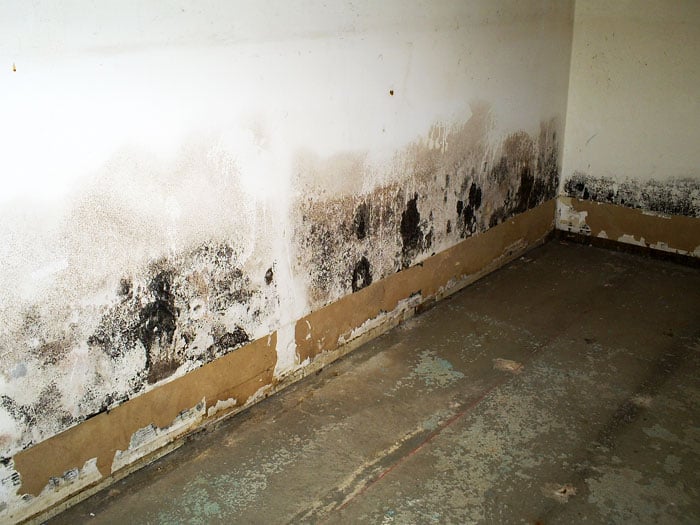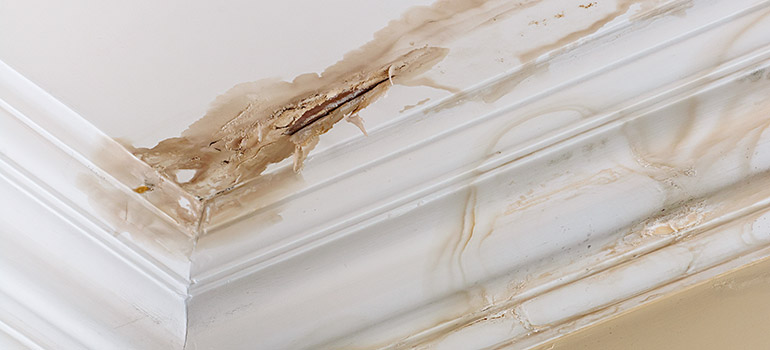6 Water Damage Repair Do's and Don'ts.
6 Water Damage Repair Do's and Don'ts.
Blog Article
Every person is bound to have his or her own perception when it comes to Safety Tips To Prevent Fire And Water Damage.

Though water offers life, water breach on parts where it's not expected to be can cause damages. It can peel away surface areas as well as wear down the foundation if the water saturates right into your structure. Mold and mildew and also mildew also grow in a moist environment, which can be harmful for your health. Residences with water damage scent stuffy as well as old.
Water can originate from lots of sources such as hurricanes, floods, ruptured pipelines, leaks, and sewage system concerns. In case you experience water damage, it would be good to know some safety and security preventative measures. Here are a couple of guidelines on how to manage water damage.
Do Prioritize Residence Insurance Coverage Protection
Water damages from flood as a result of heavy winds is seasonal. You can also experience a sudden flooding when a malfunctioning pipe suddenly breaks into your home. It would certainly be best to have residence insurance policy that covers both disasters such as all-natural catastrophes, and emergency situations like busted plumbing.
Do Not Fail To Remember to Switch Off Utilities
In the event of a disaster, especially if you stay in a flood-prone location, it would be advisable to switch off the main electrical circuit. This removes power to your whole residence, protecting against electrical shocks when water comes in as it is a conductor. Do not forget to turn off the major water line valve. Furnishings will certainly move around and create damage when floodwaters are high. Having the main shutoff turned off avoids further damage.
Do Keep Proactive and Heed Weather Condition Notifies
Storm floods can be extremely unforeseeable. Remain ready as well as aggressive if there is a background of flooding in your area. If you live near a lake, river, or creek , pay attention to evacuation cautions. Get prized possessions from the ground floor and cellar, then put them on the greatest possible level. Doing so reduces possible building damages.
Do Not Ignore the Roofing System
You can avoid rainfall damages if there are no holes as well as leaks in your roof. This will avoid water from moving down your walls as well as soaking your ceiling.
Do Focus On Tiny Leakages
A ruptured pipeline does not happen overnight. Generally, there are red flags that suggest you have damaged pipes in your house. For instance, you might see bubbling paint, peeling off wallpaper, water streaks, water discolorations, or trickling audios behind the wall surfaces. Ultimately, this pipeline will burst. Preferably, you ought to not wait for things to intensify. Have your plumbing fixed before it leads to huge damages.
Don't Panic in Case of a Ruptured Pipe
When it comes to water damage, timing is essential. Hence, if a pipeline bursts in your house, instantly shut off your primary water shutoff to reduce off the source. Call a trusted water damages reconstruction specialist for support.
Water provides life, water invasion on components where it's not meant to be can result in damage. Homes with water damage scent moldy and old.
Water damage from flooding fees to heavy winds is seasonal. You might see gurgling paint, peeling wallpaper, water streaks, water stains, or leaking audios behind the walls. When it comes to water damages, timing is key.
Some Do's & Don't When Dealing with a Water Damage
DO:
Make sure the water source has been eliminated. Contact a plumber if needed. Turn off circuit breakers supplying electricity to wet areas and unplug any electronics that are on wet carpet or surfaces Remove small furniture items Remove as much excess water as possible by mopping or blotting; Use WHITE towels to blot wet carpeting Wipe water from wooden furniture after removing anything on it Remove and prop up wet upholstery cushions for even drying (check for any bleeding) Pin up curtains or furniture skirts if needed Place aluminum foil, saucers or wood blocks between furniture legs and wet carpet Turn on air conditioning for maximum drying in winter and open windows in the summer Open any drawers and cabinets affected for complete drying but do not force them open Remove any valuable art objects or paintings to a safe, dry place Open any suitcases or luggage that may have been affected to dry, preferably in sunlight Hang any fur or leather goods to dry at room temperature Punch small holes in sagging ceilings to relieve trapped water (don't forget to place pans beneath!); however, if the ceiling is sagging extremely low, stay out of the room and we'll take care of it DO NOT:
Leave wet fabrics in place; dry them as soon as possible Leave books, magazines or any other colored items on wet carpets or floor Use your household vacuum to remove water Use TV's or other electronics/appliances while standing on wet carpets or floors; especially not on wet concrete floors Turn on ceiling fixtures if the ceiling is wet Turn your heat up, unless instructed otherwise

I am just very focused on How To Prevent Fire And Water From Ruining Your Holiday Season and I am assuming you enjoyed reading the new post. Are you aware of another individual who is inquisitive about the topic? Take a moment to share it. Thank-you for taking the time to read it.
Report this page